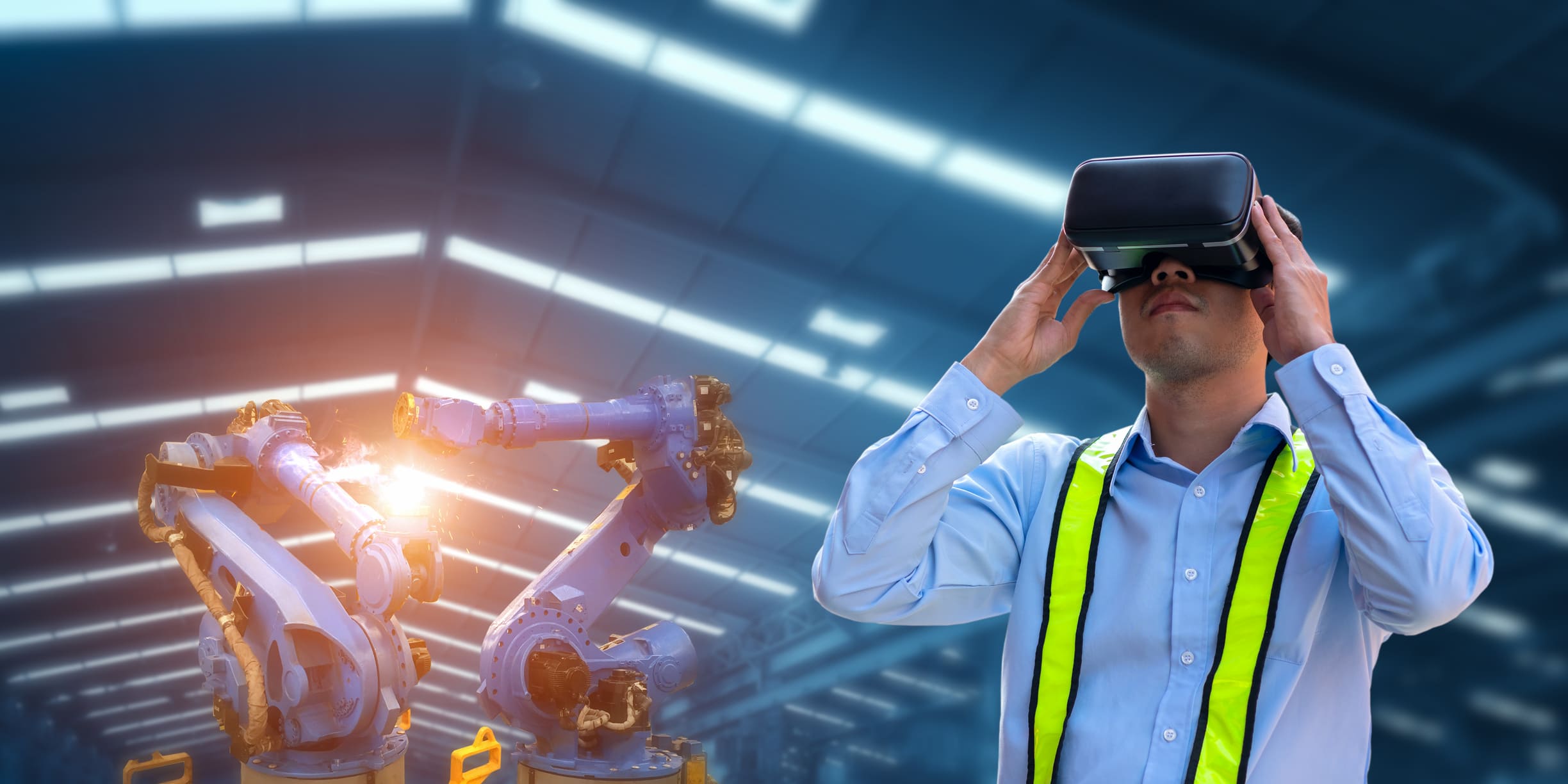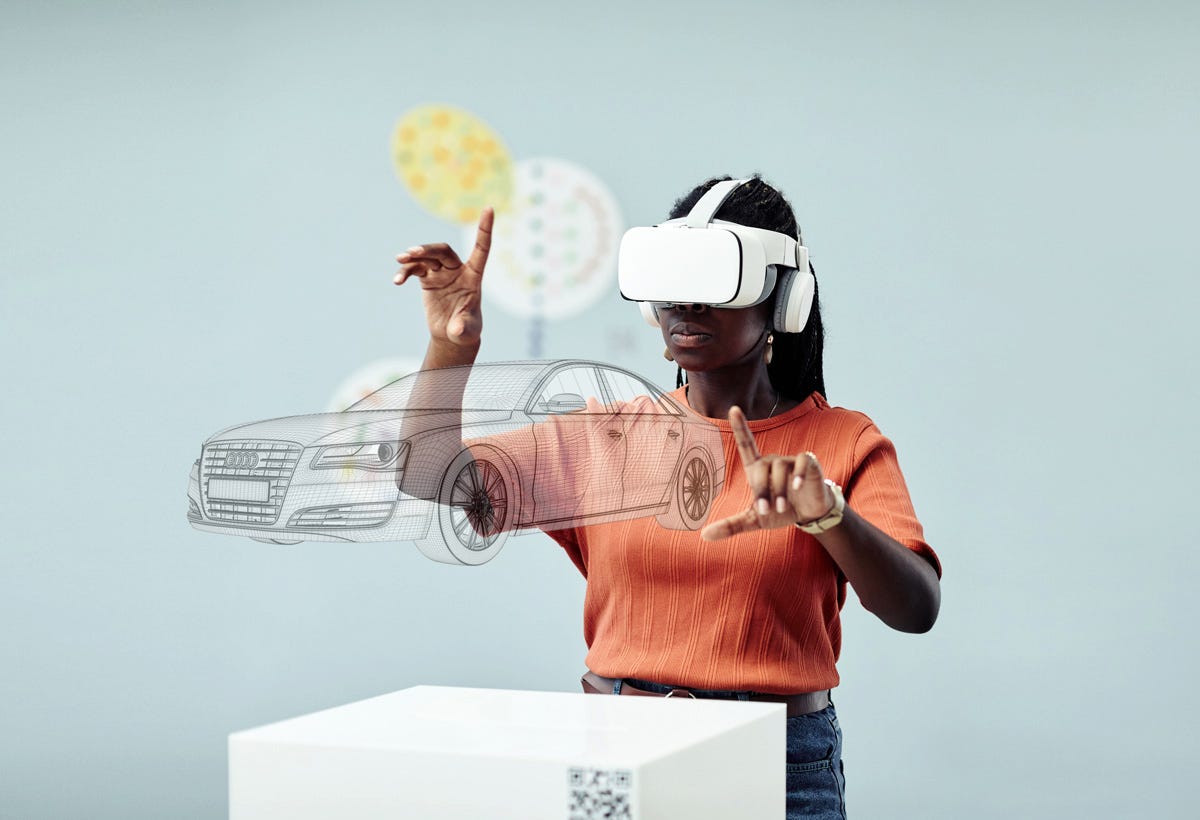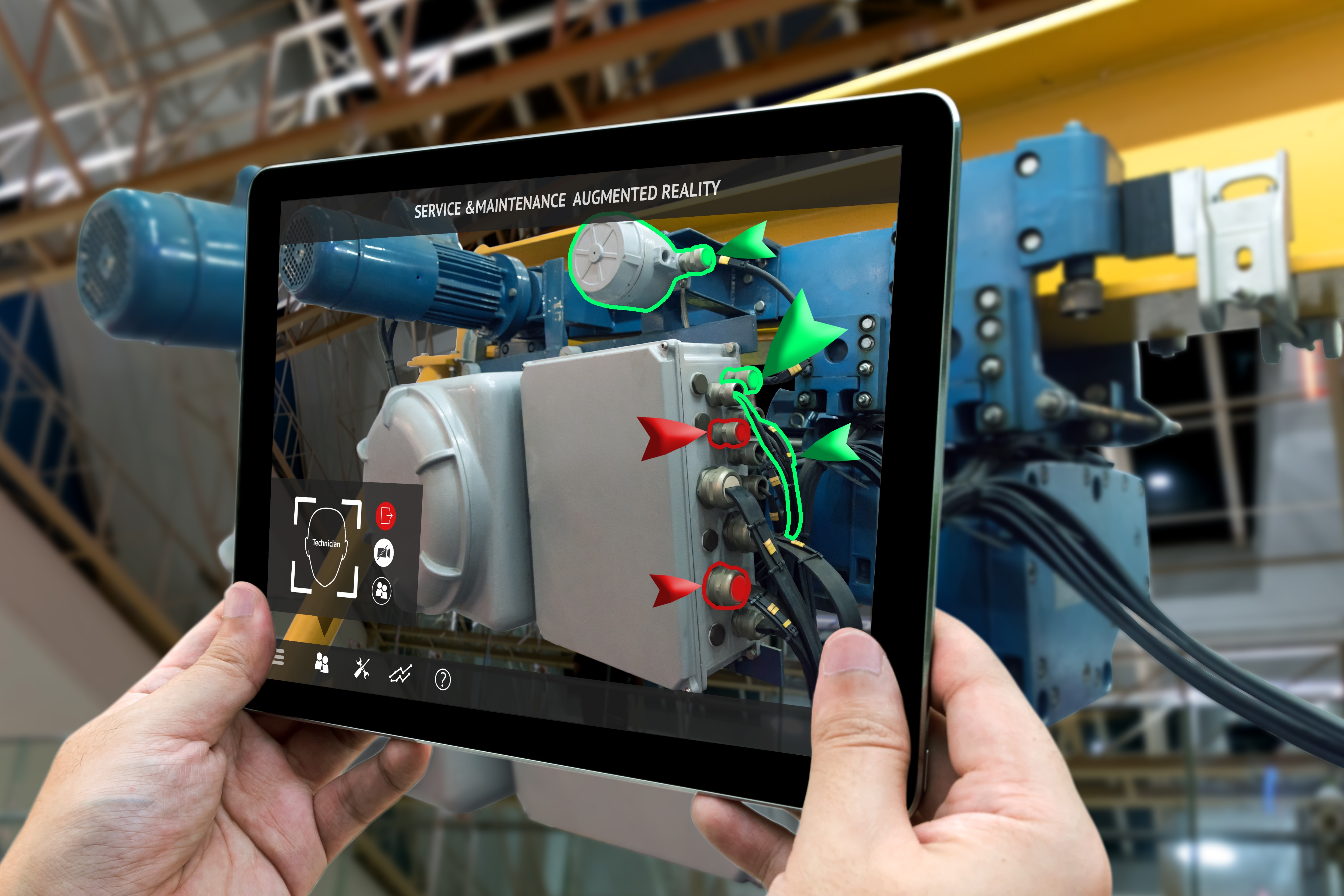In the ever-evolving landscape of technology, augmented reality (AR) has emerged as a transformative force, transcending the boundaries of entertainment and gaming to find groundbreaking applications in industrial design. This burgeoning intersection of augmented reality and industrial design is reshaping the way products are conceived, developed, and brought to market. As AR technology continues to mature, its integration into the realm of industrial design holds the promise of enhanced efficiency, improved collaboration, and unprecedented innovation.
Enhancing Design Visualization:
One of the primary contributions of augmented reality in industrial design is its ability to revolutionize the visualization of complex designs. Traditional design processes often involve 2D sketches and 3D computer-aided design (CAD) models. However, AR takes this a step further by overlaying digital information onto the real world. Designers can now interact with virtual prototypes in a physical space, providing a more intuitive understanding of scale, proportion, and form.
AR-powered visualization tools enable designers to project 3D models directly onto physical objects, allowing them to assess how a product will look and function in its intended environment. This real-time visualization capability facilitates rapid iteration and refinement, reducing the time and resources required in the early stages of design. It also enables stakeholders to provide valuable input based on a tangible understanding of the product, fostering collaboration and consensus.
Streamlining Prototyping and Testing:
Traditionally, creating physical prototypes has been a time-consuming and costly aspect of industrial design. Augmented reality accelerates the prototyping process by offering virtual prototyping capabilities. Designers can place digital prototypes in the real world through AR devices, allowing them to interact with the virtual model as if it were a physical object. This not only expedites the design iteration cycle but also reduces the environmental impact associated with physical prototyping.
Furthermore, AR facilitates immersive testing scenarios, enabling designers to simulate real-world conditions and user interactions. For instance, automotive engineers can assess the ergonomics of a car interior or the visibility of dashboard controls in a simulated driving environment. Such simulations provide invaluable insights early in the design process, leading to more refined and user-centric products.
Facilitating Remote Collaboration:
The global nature of modern industries often requires collaboration among teams scattered across different geographical locations. Augmented reality addresses the challenges of remote collaboration by creating shared virtual spaces where team members can interact with digital models in real-time. Designers, engineers, and stakeholders can collaborate seamlessly, regardless of their physical location, fostering a more dynamic and inclusive design process.
AR-powered collaboration platforms enable real-time annotations, voice communication, and synchronized viewing of 3D models. This not only enhances communication but also accelerates decision-making, reducing delays in the design and development timeline. Remote collaboration through augmented reality is particularly relevant in today’s world, where remote work has become more prevalent, and teams need efficient ways to work together despite physical distances.
Training and Maintenance:
Beyond the design phase, augmented reality finds applications in training and maintenance within industrial settings. AR-equipped smart glasses or devices can guide technicians through complex assembly processes, providing step-by-step instructions overlaid on the physical workspace. This not only reduces the learning curve for new employees but also improves the efficiency and accuracy of maintenance tasks.
AR-based maintenance solutions can recognize equipment components and display relevant information, such as operating instructions, maintenance schedules, and troubleshooting guides. This empowers technicians to perform tasks with greater confidence and competence, minimizing downtime and reducing the need for extensive training programs.
The burgeoning uses of augmented reality in industrial design mark a paradigm shift in the way products are conceived, developed, and maintained. From enhancing design visualization to streamlining prototyping and testing, and facilitating remote collaboration and training, AR is a catalyst for innovation and efficiency. As technology continues to advance, the integration of augmented reality into industrial design processes is poised to become even more widespread, unlocking new possibilities and pushing the boundaries of what is achievable in the realm of product development. Industrial designers and businesses that embrace this transformative technology stand to gain a competitive edge, ushering in a new era of creativity, collaboration, and unparalleled efficiency.
For more blogs related to design: https://www.dotsod.in/blog/
Follow DOT School of Design on Facebook, Instagram, LinkedIn, Medium and YouTube



